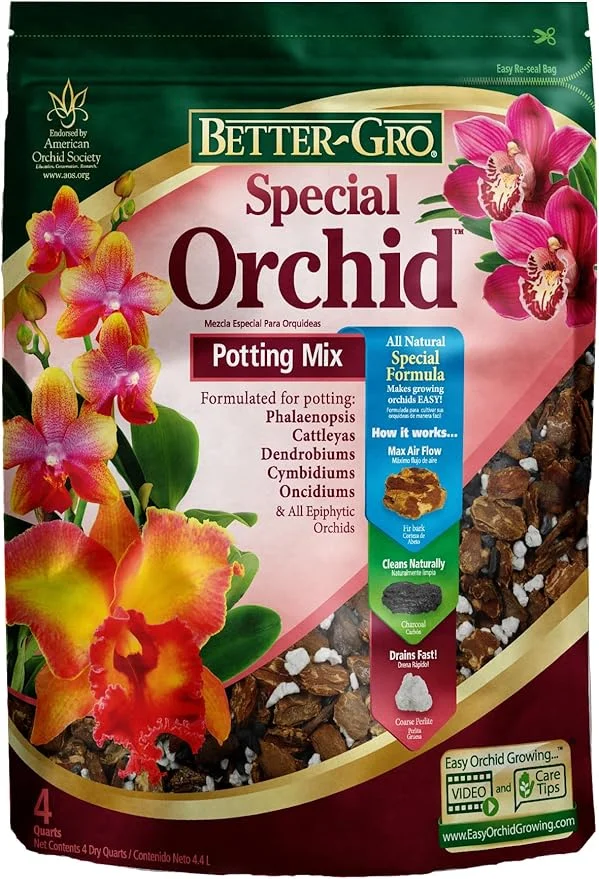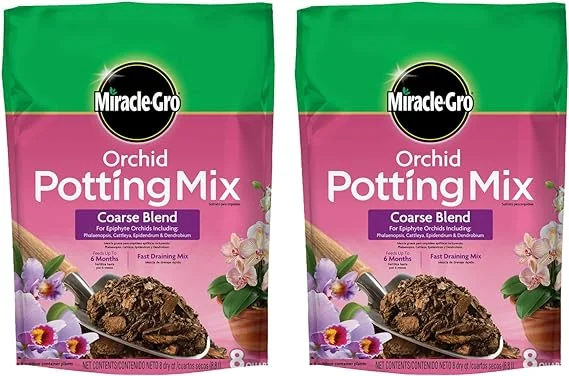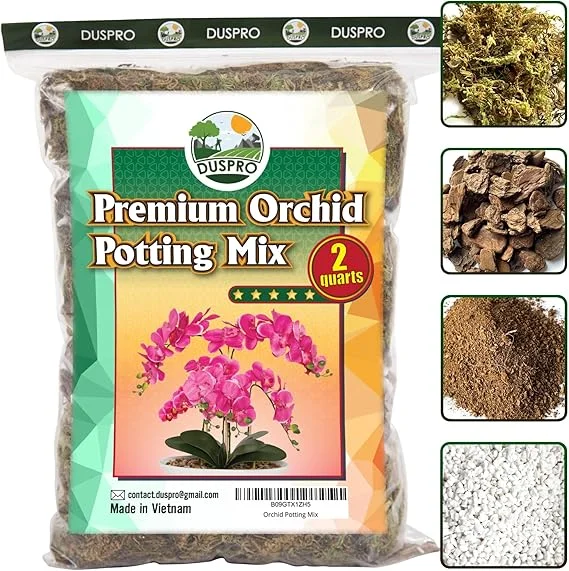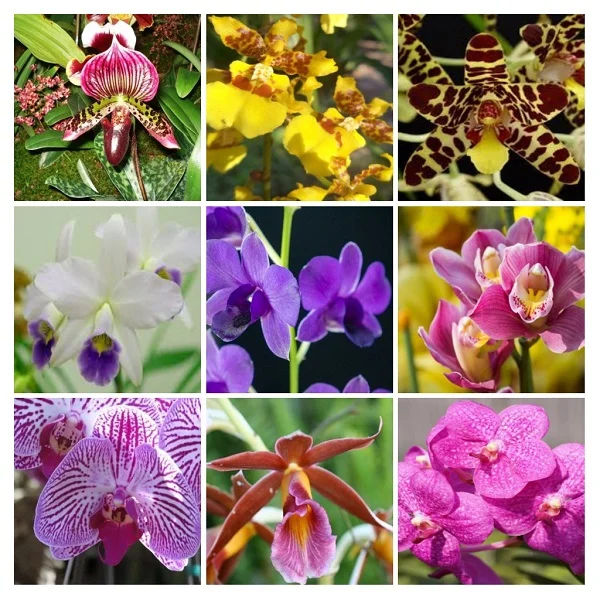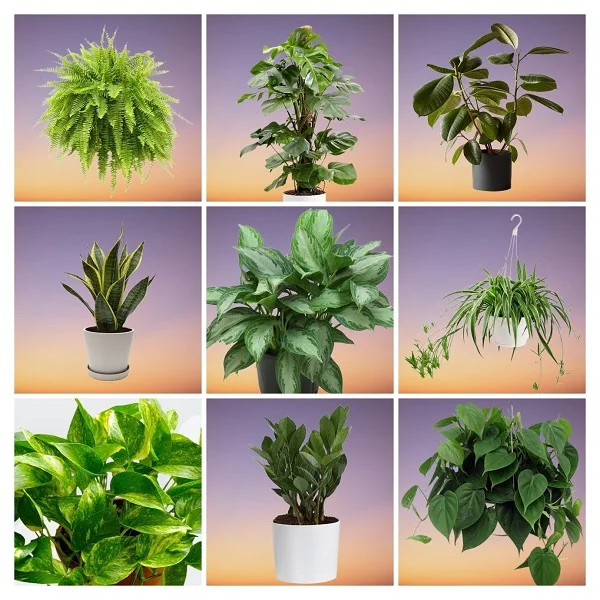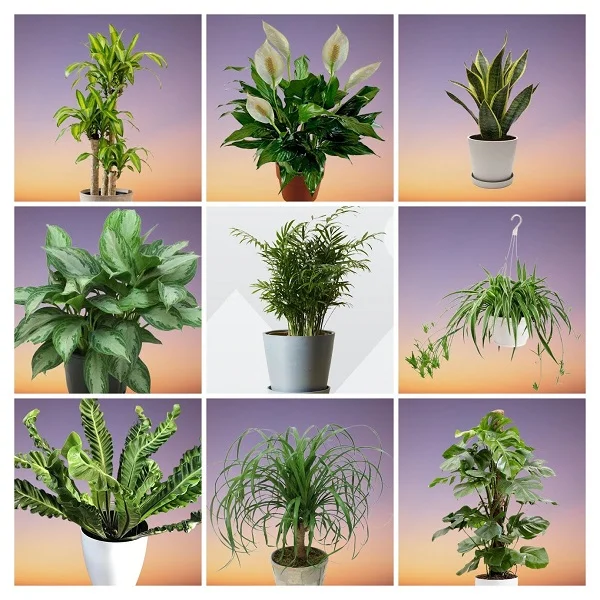How to Care for Bird's Nest Bromeliads (Nidularium Bromeliads) Indoors
Some links in this post may be affiliate links
Bird's Nest Bromeliads (Nidularium Bromeliads) blossom in bright light, average warmth, high humidity and consistently moist, rich, well-drained soil coupled with fortnightly feeding in the growing season.
Nidularium Bromeliads are popular Bromeliad plants varieties with a central rosette of very short saw-edged leaves (Bird's Nest) which turns bright-red at flowering time.
The leaves below the bird's nest are about 1 feet long and 2 inches wide. The usual pattern for Bird's Nest Bromeliads is a rosette of leathery, strap-like foliage. These bromeliads are some of the best tropical foliage plants for the home.
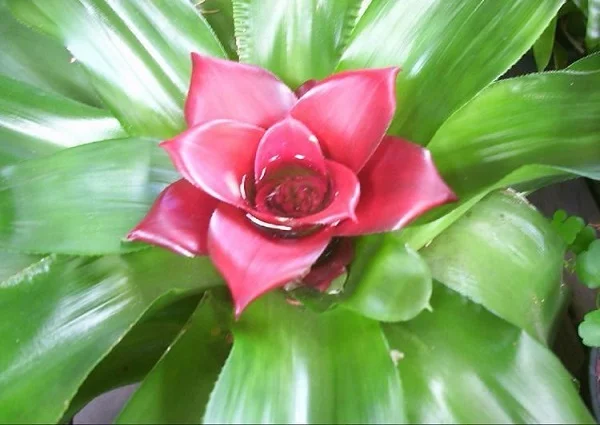
Botanical name: Nidularium
Family: Bromeliaceae
Sufamily: Bromelioideae
Common name: Bird's Nest Bromeliads
Origin
Nidularium Bromeliads are endemic to the rainforests of South America in Brazil.
Flower
A Bird's Nest Bromeliad may take 3-5 years to reach the flowering stage but the display may last upto 6 months. Once the flowering is over, the rosette of leaves begins to die and is replaced by offsets (pups) at the base of the plant which can be used to propagate new plants.
Toxicity
Bird's Nest Bromeliads are non-toxic to humans and pets. They are some of the pet-friendly plants that are safe to grow in any space where there are children and animals.
However, the leaves bear short spines which may cause physical injury if handled with bare hands. Always wear gloves when handling these plants to prevent injury.
Nidularium Varieties
The popular varieties of Bird's Nest Bromeliads are Nidularium fulgens, Nidularium innocentii and Nidularium innocentii striatum. Nidularium Bromeliads differ from the Neoregelia Bromeliads (Blushing Bromeliads) in that they have a central rosette of very short saw-edged leaves (Bird's nest) which turns bright-red at flowering time.
Where to Buy
Are you looking to acquire Bird's Nest Bromeliads for your collection? They are available online on Etsy (Link to Etsy).
Nidularium Bromeliads Care Indoors
Bird's Nest Bromeliads (Nidularium Bromeliads) flourish in bright light away from direct sunlight, average warmth of 18-280C, humidity of 60-70% and consistently moist, fertile, well-drained, orchid's potting soil coupled with fortnightly feeding during the growing season.
Nidularium Bromeliads require regular pruning to keep them neat as well as provide enough space for the growth of pups. Repotting is not necessary as they have a small root system and once they flower, they die and leave behind pups. Keep reading for more on these growing conditions and how to achieve them.
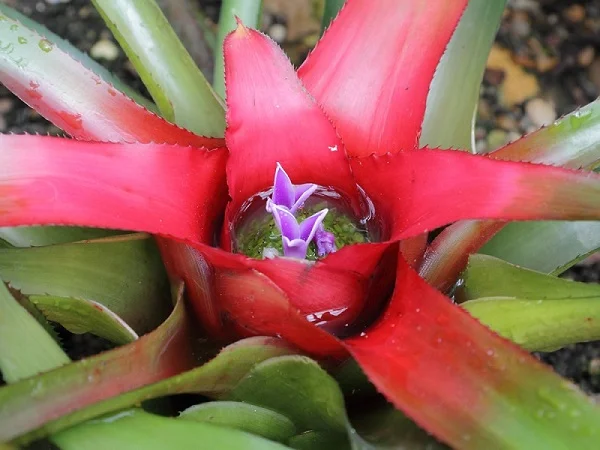
Light Requirements
Bird's Nest Bromeliads grow best in bright light away from direct sunlight to avoid sunscorch marks on the leaves.
Nidularium Bromeliads can also be grown under a grow light where natural lighting is insufficient. Take a look at these full spectrum grow lights on Amazon.
Rotate the pot regularly to ensure the plant receives light on all sides for even growth.
Watering
Like with other rosette Bromeliads, Bird's Nest Bromeliads require the central 'vase' to be filled with water at all times. Empty and refill the 'vase' regularly to prevent growth of bacteria which may cause the water to become smelly.
Use only chlorine-free water as they are sensitive to chlorine and other chemicals that may be dissolved in water. Water the soil only when it dries to keep the roots moist. Avoid soggy soil as it can lead to root-rot and death of the bromeliad.
Temperature and Humidity
The best temperature for growing Bird's Nest Bromeliad indoors is an average warmth of 18-280C. However, to bring the Bromeliad to flower requires temperatures above 260C.
Keep the bromeliad away from drafts like windy doors, air conditioning units and others to avoid sudden flacuations in temperatures which can result in reduced growth.
Bird's Nest Bromeliads require a humidity of 60-70% to thrive. If the humidity is too low, the bromeliad develops brown leaf tips. To raise humidity, set the pot on a wet pebble tray or use a cool mist humidifier. Ensure that there is good air circulation to prevent pest and disease infestations. Read more on how to elevate humidity for houseplants.
Potting Mix
The best soil for Bird's Nest Bromeliad should be rich in organic matter, loose, free-draining bark soil to prevent it from getting soggy while providing the required nutrients. Most orchid potting mixes are good for this plants.
Fertilizer
Feed Bird's Nest Bromeliads with a liquid fertilizer (foliar feed) every 2 weeks during the growing season. Do not feed during the cold season as growth is minimal at this time and it may lead to fertilizer burn for the Bromeliad.
Repotting
Repotting Bird's Nest Bromeliad is not necessary as its roots are tiny and are unlikely to fill the pot. Pot it in a shallow, heavy pot to prevent it from toppling over as it can become top-heavy. Also provide support to help keep it upright. Check out these ceramic pots with drainage holes and saucer on Amazon.
Pruning
Pruning Bird's Nest Bromeliad involves removal of dead leaves to keep the plant neat and to allow adequate room for the new plants to grow.
Remove the dead foliage by cutting at the base with a sharp, clean knife or a pair of scissors while taking care not to cause unnecessary injury to the plant. Remove the spent flower by cutting at the base with a sharp, clean knife or a pair of pruning scissors.
Propagation
Bird's Nest Bromeliad (Nidularium Bromeliad) propagation is from offsets (pups) appearing at the base of the plant.
How to propagate Bird's Nest Bromeliad from offsets (pups)
When the Bird's Nest Bromeliad offset (pup) is several months old or 1/3 to 1/2 the height of mother plant, separate it from the mother by cutting with a sharp, clean knife or scissors.
Ensure the offset has some roots attached to it and plant it shallowly in loose, free-draining, bark soil.
Use a shallow heavy pot to prevent the Bromeliad from toppling over as it can get top-heavy.
Ensure the is well supported to prevent it from toppling over as its has a small root system.
Place the set up in a warm, well-lit place until the new Nidularium Bromeliad is well established after which you can begin normal routine care.
Related: How to Propagate Bromeliads from Pups (Bromeliad Propagation from Pups)
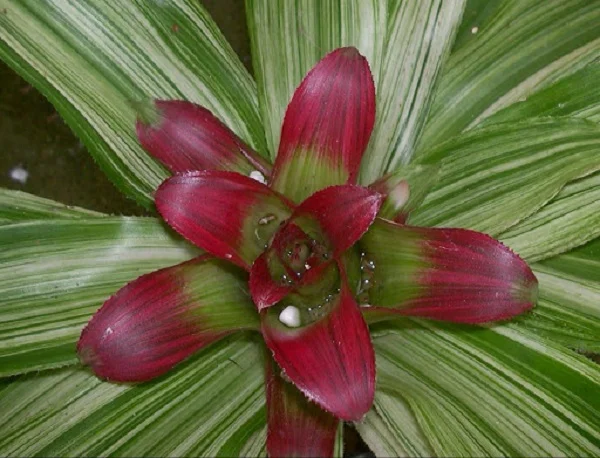
Nidularium Bromeliads Problems and Solutions
Bird's Nest Bromeliads (Nidularium Bromeliads) problems include drooping leaves, brown leaf tips, leaf patches, plant death, pests and diseases among others. Keep reading for more on these problems, their remedies and solutions.
Bromeliad dying
Bird's Nest Bromeliad dying is due to two possible reasons. One reason is that, if it has not flowered, the cause of death is root-rot due to soggy soil. Ensure that the pot has a drainage hole and the soil is free-draining to prevent it from getting soggy. Slip the bromeliad out of its pot and inspect the roots. Black or brown mushy roots indicate root-rot. Read more on how to treat root-rot in houseplants.
The second possible reason is, if the Nidularium Bromeliad has flowered then rotting and death of rosette which bore the flower-stalk is natural to give room for the new plants (pups). Remove the dead foliage by cutting at the base with a clean knife or a pair of scissors to create space for the new plants.
Pests
Common pests in Bird's Nest Bromeliads are scales and mealy bugs. Isolate the affected plant to prevent spread to other plants and treat it appropriately for the pests. Learn more on how to identify and control houseplants pests.
Dark, soft, drooping, long leaves
Bird's Nest Bromeliad dark, soft, drooping, long leaves are caused by inadequate light (too little light). Move it to a brighter spot where it will receive bright light or instal a grow light if the natural lighting is insufficient. Check out this guide on understanding light for houseplants.
Pale brown leaf patches
Bird's Nest Bromeliad pale brown leaf patches are sunscorch marks caused by exposure to direct sunlight. The plant cannot tolerate direct sunlight. Protect it from direct sunlight or move it to a shadier spot away from direct sunlight.
Brown leaf tips
Bird's Nest Bromeliad brown leaf tips are due to too low humidity (too dry air). The plant grows best in a humid environment. To increase humidity, set the pot on a wet pebble tray or use a cool mist humidifier.
You liked it? Share on social media.
Related Content
Amazon Associates Disclosure
Homeplantsguide.com is a participant in the Amazon Services LLC Associates Program, an affiliate advertising program designed to provide a means for sites to earn advertising fees by advertising and linking to amazon.com.
